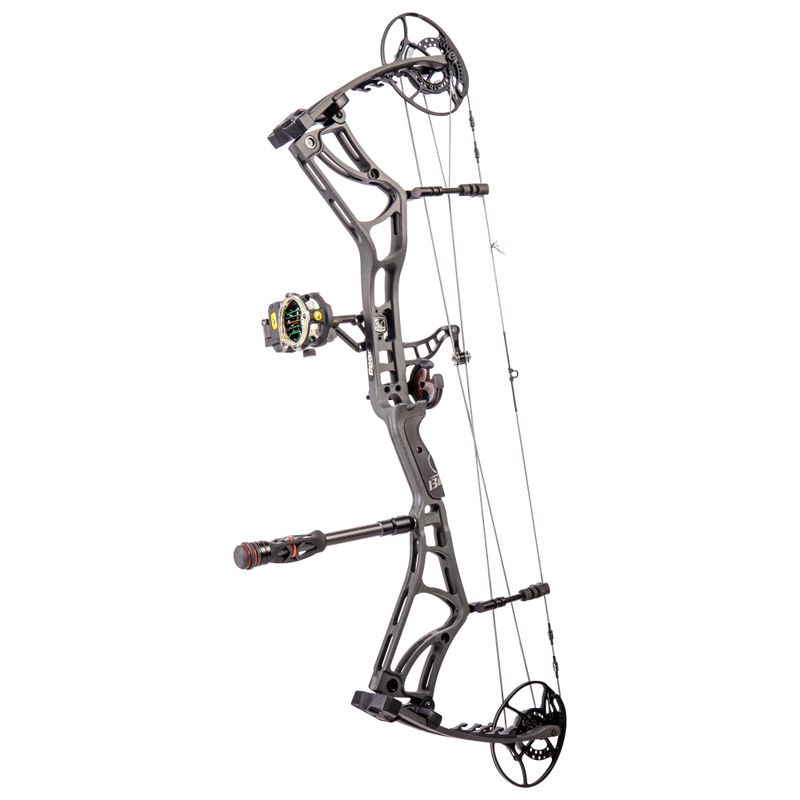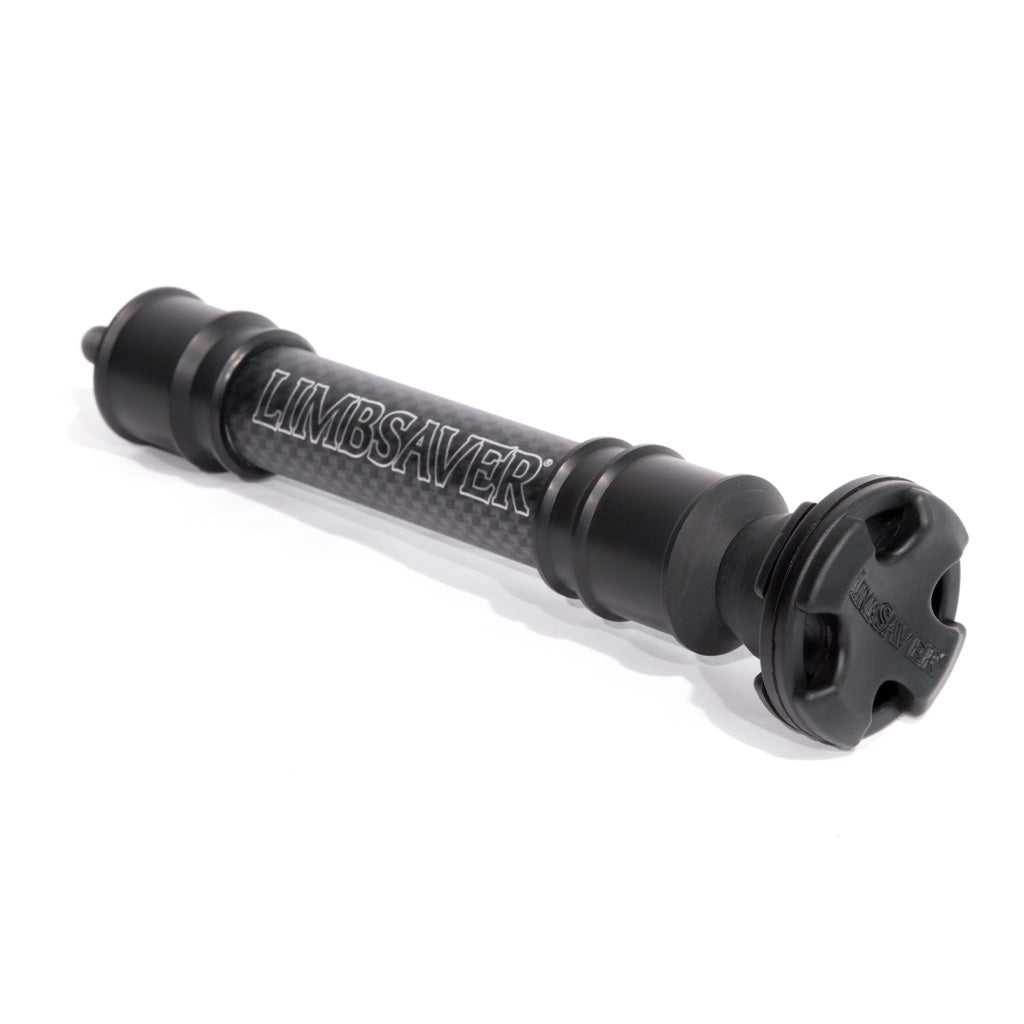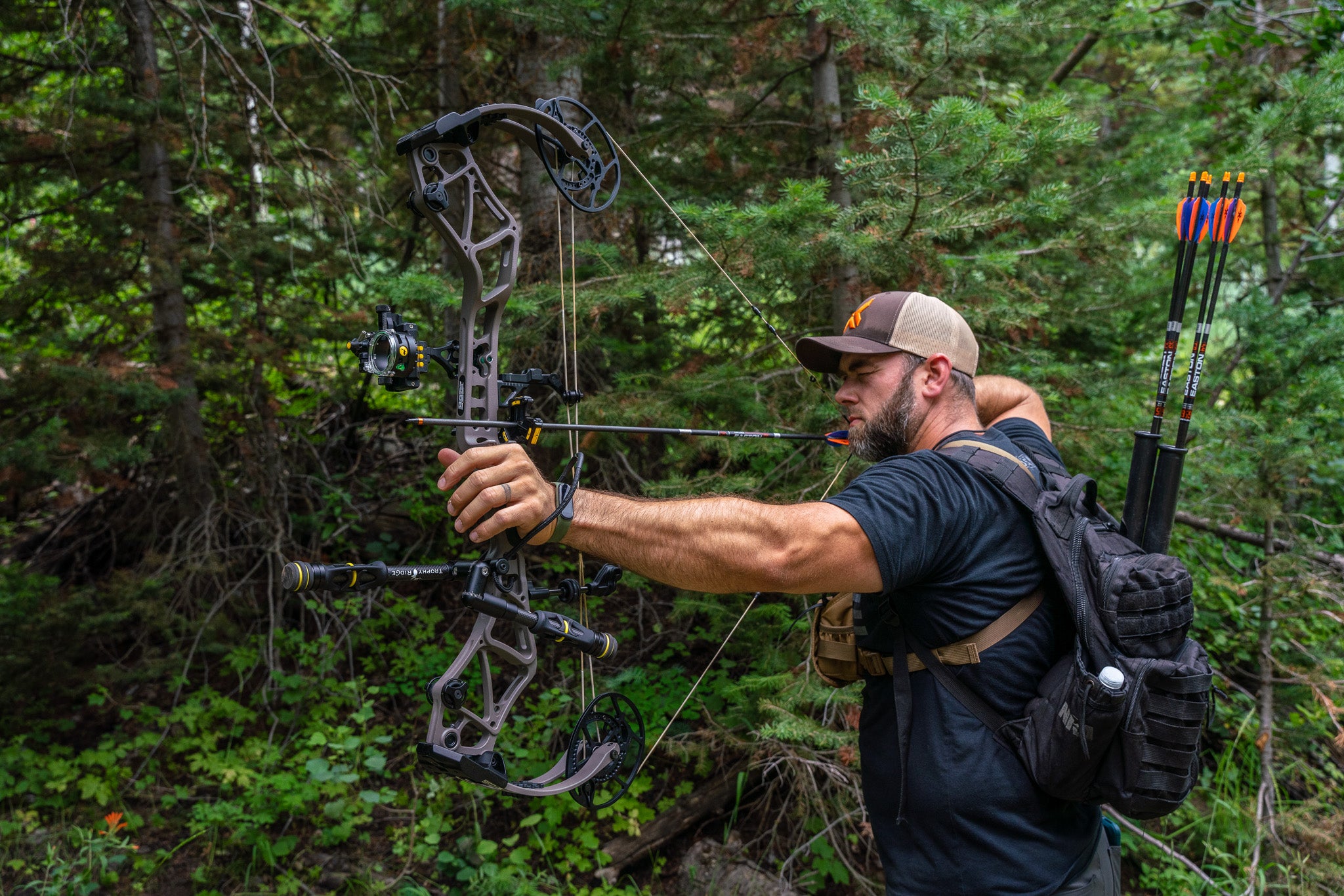Master the Art of Archery: Comprehending the Significance of a Stabilizer in Your Setup
Whether one is an experienced archer or just beginning their journey, the relevance of a stabilizer in their configuration can not be overemphasized. By understanding the benefits of making use of a stabilizer, considering the appropriate factors when picking one, and correctly setting up and adjusting it, archers can raise their skills to brand-new heights.
The Duty of a Stabilizer in Archery
A stabilizer plays a critical function in archery by boosting equilibrium and minimizing resonances throughout the shot. When an archer draws the bowstring and launches it, there is a transfer of power that can create the acquiesce shake. These resonances can negatively influence the accuracy of the shot. Nonetheless, a stabilizer assists to counteract these resonances by dissipating the power and absorbing.
Among the main advantages of a stabilizer is its ability to improve equilibrium. When an archer holds a bow, it can be testing to maintain a stable objective. The weight of the stabilizer assists to distribute the weight evenly, minimizing the stress on the archer's arm and boosting security. This allows the archer to concentrate on their aim and perform an extra precise shot.
In addition to equilibrium, a stabilizer also helps to minimize torque. The weight and style of a stabilizer neutralize this rotation, making sure a more constant and accurate shot.
Benefits of Using a Stabilizer
The application of a stabilizer in archery offers many benefits that boost an archer's efficiency and general shooting experience. By absorbing and dampening these resonances, the stabilizer improves the stability of the bow, allowing for more consistent and precise shots.
Second of all, a stabilizer assists to balance the bow by adding weight to the front end. This weight distribution counteracts the natural propensity of the bow to tip onward upon launch, minimizing the amount of motion and enhancing the archer's capability to preserve purpose on target.

Finally, a stabilizer can likewise function as a shock absorber, decreasing the shock and recoil experienced upon release. This not just boosts the comfort of shooting yet likewise minimizes the threat of injury or pressure on the archer's body.
Just How a Stabilizer Improves Accuracy
Enhancing the precision of an archer's shots, a stabilizer plays a crucial function in improving overall performance. archery stabilizer. By adding stability to the bow, a stabilizer aids minimize the undesirable motion and vibration that can happen during a shot. This decrease in movement enables the archer to preserve a steady aim, resulting in more precise and regular shots

In addition, a stabilizer aids to moisten vibrations that occur upon release. These vibrations can cause the bow to drink, affecting the arrowhead's trajectory and precision. By soaking up and dissipating these resonances, a stabilizer aids to maintain the bow's security and make sure a precise and smooth shot.
Moreover, a stabilizer can likewise assist in stabilizing the weight distribution of the bow (archery stabilizer). By adding weight to the front of the bow, a stabilizer helps to balance the weight of devices, such as views or quivers, which may be affixed to the bow. This well balanced weight circulation aids the archer preserve a constant and controlled capturing position, leading to enhanced precision
Aspects to Take Into Consideration When Selecting a Stabilizer
When selecting a stabilizer for your bow, it is crucial to think about a number of factors that will certainly add to its general efficiency and suitability for your individual shooting design. The very first element to think about is the size of the stabilizer.
One more factor to take into consideration is the weight of the stabilizer. The weight of the stabilizer can impact the equilibrium of your bow. A heavier stabilizer can aid to lower vibrations and improve stability, causing a steadier shot. A lighter stabilizer may be preferred by shooters that prioritize ability to move and speed. Look At This
In addition, it is essential to consider the layout and construction of the stabilizer. Some stabilizers have adjustable functions, such as adjustable size or adjustable weights, which enable you to tailor the stabilizer to your details needs. The products utilized in the building of the stabilizer can also influence its efficiency. Carbon fiber stabilizers are durable and lightweight, while light weight aluminum stabilizers supply a balance in between weight and strength.
Lastly, it is necessary to consider your shooting design and choices. Various stabilizers might function much better for specific shooting styles, such as target shooting or hunting. It is a good idea to talk to seasoned archers or experts to determine which stabilizer will ideal fit your private needs. In general, thinking about these factors will certainly assist make certain that you select a stabilizer that boosts your capturing experience and boosts your precision.
Tips for Properly Changing a stabilizer and installing
Longer stabilizers provide more security but can be much less maneuverable, while shorter stabilizers provide boosted ability to move however might compromise security. When you have picked the appropriate length, attach the stabilizer to the bow using the supplied installing hardware. Make certain that the stabilizer is firmly attached and straightened with the bow's riser.
After installing the stabilizer, it is required to make changes to achieve the wanted balance and shot uniformity. Start by readjusting the weight circulation along the stabilizer. This can be done by including or eliminating weights from the stabilizer's weight system. Explore various weight setups to locate the equilibrium that works finest for you. In addition, think about adjusting the angle of the stabilizer to fine-tune the shot. A minor ahead or in reverse tilt can impact the bow's balance and how it reacts throughout the shot.

Conclusion
In final thought, a stabilizer plays an important function in archery by enhancing precision and lowering bow torque. When picking a stabilizer, variables such as material, size, and weight should be taken into consideration to satisfy private demands.
Furthermore, a stabilizer can also aid in stabilizing the weight distribution of the bow. weblink By including weight to the front of the bow, a stabilizer helps to stabilize the weight of accessories, such as quivers or views, which may be affixed to the bow. Some stabilizers have flexible functions, such as flexible length or flexible weights, which enable you to personalize the stabilizer to your specific requirements. Carbon fiber stabilizers are resilient and lightweight, while aluminum stabilizers offer an equilibrium between weight and rigidness.
Longer stabilizers supply even more security but can be much less manoeuvrable, while much shorter stabilizers use boosted maneuverability yet may sacrifice security.
Comments on “Grasping Archery Stabilizers: A Total Guide for Beginners”